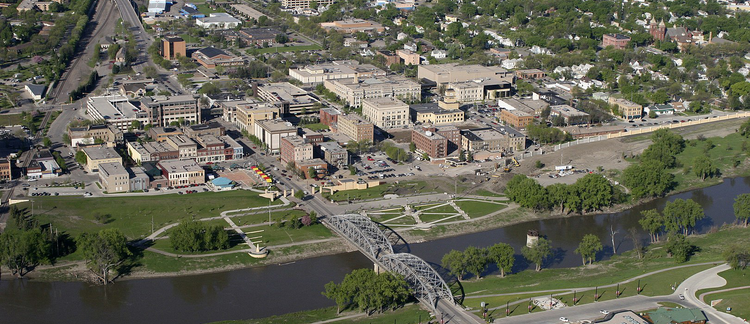Abstract
Most HAB student research focuses on the physical sciences and engineering. However, balloon flights can also support important learning outcomes in the life sciences at both the K-12 and introductory college level. For example, inheritance and variation of traits is one of the four life science disciplinary core ideas emphasized in the Next Generation Science Standards1. Student experiments can address this idea by exposing microorganisms and plant seeds to the near-space environment. We aim to provide useful information for ballooning educators wishing to engage their students in life science experiments by presenting laboratory protocols to assess survival and mutation rates of Saccharomyces cerevisiae (baking and brewing yeast), Raphanus sativus (garden radish) and Brassica Rapa (Wisconsin Fast Plants®). These protocols can easily be reproduced in K-12 and college classrooms without the need for additional specialized equipment.
How to Cite:
Beck-Winchatz, B. & Bramble, J., (2014) “It's Alive (Or is it?): Life Science Experiments for High-Altitude Ballooning”, Academic High Altitude Conference 2014(1). doi: https://doi.org/10.31274/ahac.5588

